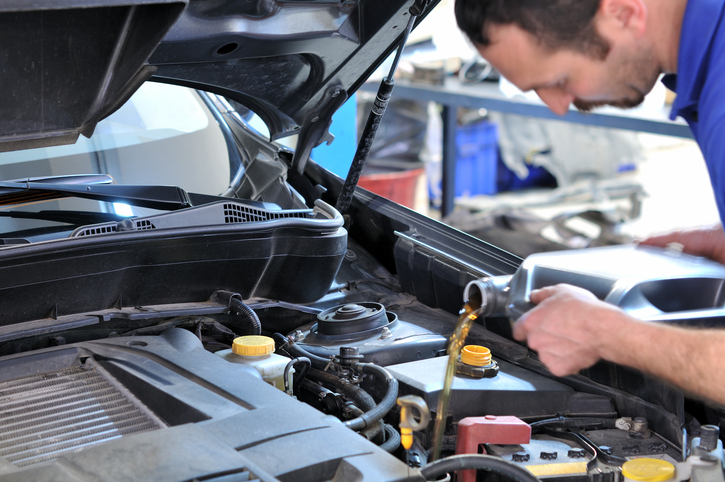 Preventative maintenance is something every car owner knows is important, but is often poorly managed.
Preventative maintenance is something every car owner knows is important, but is often poorly managed.
Aside from changing the oil, what does an ideal vehicle maintenance schedule look like?
Always defer to your owner’s manual
The manufacturer knows your car best. If you are ever in doubt about something, break out the manual, and when it comes to following our suggested schedule, ensure that it does not contradict what is suggested by the manufacturer.
Everyday, do a simple inspection
Everyday might seem like a lot, but these three easy checks are easy fixes and absolutely vital to your safety on the road:
- Look at the indicator lights on your dashboard.
- Check that your exterior lights and turn signals are working.
- Note the condition and air level in your tires.
Once a week, check your fluids
Perhaps on a Saturday or Sunday morning, before running errands, check the levels of the following fluids:
- Engine oil
- Transmission fluid
If you notice that the levels of any of these are low, it is likely time to go in for a general service. However, if you notice that the levels are unexpectedly or suddenly low, it indicates that you have a leak and need to see a mechanic immediately.
Every three months, complete more detailed maintenance
Quarterly inspections should be thorough enough that if you are not familiar with car parts, you may want to have a professional complete the job. When you get your oil changed, also check the:
- Battery and cables
- Belts
- Engine air filter
- Exhaust
- Hoses
- Interior lights
- Power steering fluid
Twice a year, check everything else
The remaining items are less likely to regularly wear or run out. Twice a year should be enough to keep track of your car’s:
- Chassis lubrication
- Wiper blades
- Brakes
- Cabin air filter
- Antifreeze levels
- Steering and suspension
This is also the right time to rotate and balance your tires.
Eventually, even the most meticulous maintenance schedule will be defeated by age, but you can prevent many sudden breakdowns, big repair bills, accidents and injuries on the road and raised insurance premiums with just a little, regular work.

Leave a Reply